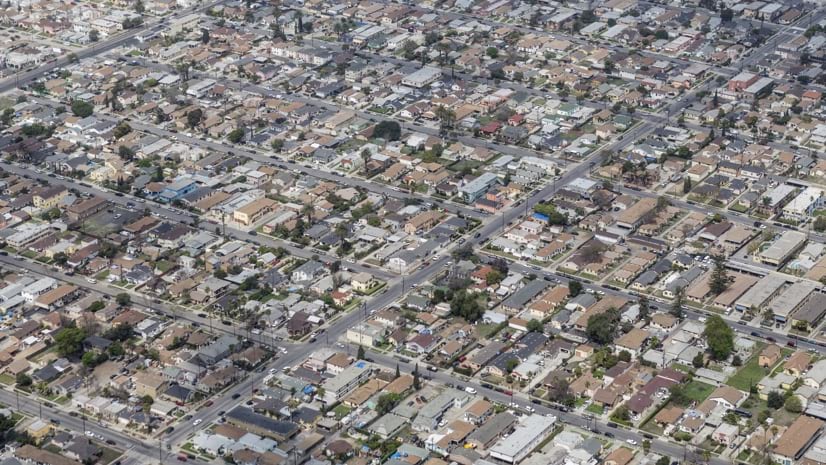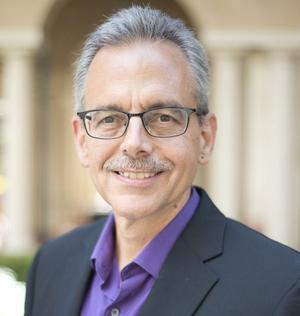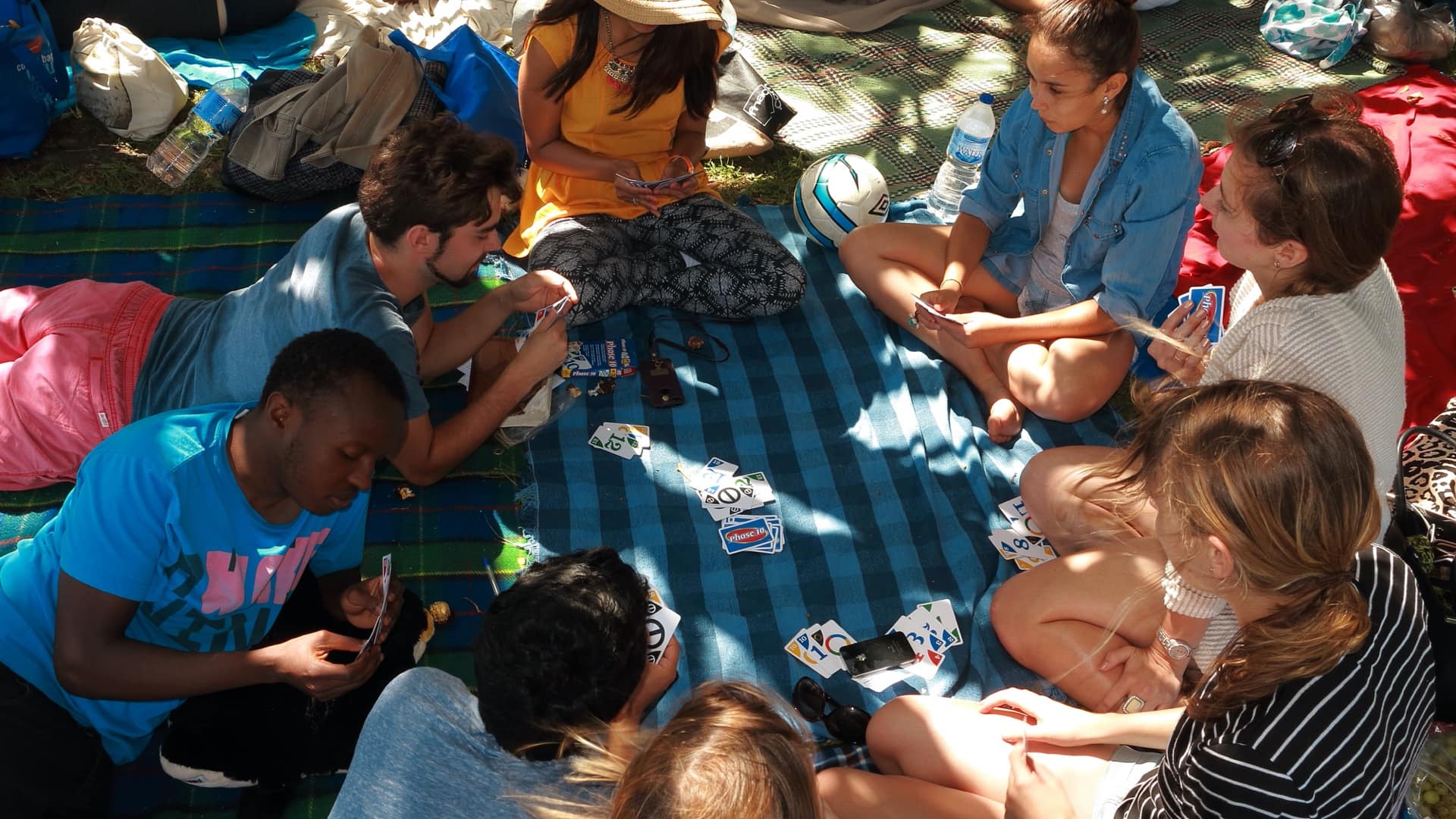

Any map that changes the world to be a better place is a good map.
September 23, 2021

When Manuel Pastor first saw the map showing how clearly the population of South Central Los Angeles in Southern California had shifted, his first instinct was to show someone, “because I bet their jaw will drop.” In just a few decades time, the area’s majority Black population had become an overwhelmingly majority-Latino population.
The image—one that’s tailor-made for a generation accustomed to GIFs—shows those stark changes over time in a quick animation and acts like a visual thesis for Pastor’s latest book, “South Central Dreams.” It’s also a keen example of the power of maps in his research.
“When you show people a map, the story is so much stronger, the communications piece is so much better,” Pastor said. The result can leave a viewer stunned. “That’s the punch you want with the story.”
(The above animation is courtesy of USC Equity Research Institute and SouthCentralDreams.com)
The University of Southern California Sociology professor and director of the university’s Equity Research Institute has spent his academic career working with community activists and diving into numbers, spreadsheets, and data tables to expose inequities and promote environmental justice. He and his team of researchers also use a geographic information system (GIS) to visualize and analyze demographic and economic shifts, and to create the maps that share those findings.
Pastor’s work with colleagues developing an Environmental Justice Screening Method is now part of California’s CalEnviroScreen process, a mapping tool that helps the California Environmental Protection Agency identify communities most impacted by multiple environmental, social, and health hazards.
Their Environmental Justice Screening Method has also been used by officials for Los Angeles County to help identify “Green Zone” neighborhoods—those in need of environmental remediation and investment.
Despite decades of palpable political awareness of environmental justice issues, solutions have only recently been baked into bureaucratic processes in California, Pastor said. Community activists, who were accustomed to wrangling their way into agency meetings to discuss environmental justice actions, are now often invited to participate at the onset. There’s been a realization, he said, that the earlier people are involved in solutions, the more amenable they’ll be to the result. There’s a sense of ownership.
Pastor has also recognized the importance for social organizers to communicate closely with data managers within organizations and governments. The connection serves to effect change and foster what he calls “nerd to nerd” relationships.
After he co-authored a landmark 2007 study, “Still Toxic After All These Years,” Pastor said researchers with the Bay Area Air Quality Management District backed up his research to naysayers, confirming the conclusions were sound.
In that study he helped to show that race played a larger role in a Bay Area resident living near environmental hazards, even controlling for wealth and land use. The report found that a Black family earning more than $100,000 was more likely to be living near a toxic waste facility than a white family earning $25,000.
When Pastor first started doing environmental justice research in the mid-1990s, mapping tools were more rudimentary. Student researchers would take bulky GPS devices with them to pinpoint physical factories emitting toxic materials at a time when a company’s headquarters may have been its only known address.
In his latest book, Pastor and his co-authors looked deeply at South Central L.A.’s populations shifts.
“It’s maps, it’s data, and it’s a qualitative story,” he said of the book. “It does something else, too. It goes beneath the flash and fury to the daily lives,” he said, referring to what’s happened since the early 1990s. At that time, the area was an epicenter for violent divisions and had become a region synonymous with crime and blight. Plenty of progress has been made since. But, Pastor said, stories about Black and Hispanic neighbors getting along in the community and forging common interests and collective organizations are not as newsworthy as the preceding conflict.
Pastor grew up in La Puente, California in a neighborhood bereft of greenery, near toxic hazards. It took trudging across hot asphalt to get anywhere and searching two towns over to find a public swimming pool.
While that kind of life experience can affect people in different ways, there’s often a psychological impact, Pastor said.
“It’s insulting to be in a place where no one is planting trees. Where there are not parks,” he said. “It is every part of the built landscape that is screaming at you that you are less than.”
The more we can create buffers between homes and nearby industry with natural features, Pastor said, the more positive health outcomes there will be—including self-esteem and community esteem.

Any map that changes the world to be a better place is a good map.
In “Equity, Growth, and Community: What the Nation Can Learn from America’s Metro Areas,” Pastor and his co-author Chris Benner point to evidence that communities reliant on robust data sharing were better off. In their analysis, such locales were more equitable, and as a result, had more sustainable growth. In these “knowledge communities,” people were on the same page, he said.
“Our ability to grow together may be fundamentally rooted in our ability to know together,” the pair said in their book.
Knowing where people are has been instrumental to Pastor’s work with social advocacy. < In the 2012 and 2016 presidential elections, he recognized the power maps could have on voting outreach. By using an underlying answer in the Census to estimate where recently naturalized citizens may be living, he helped give get-out-the-vote groups a guide to reaching immigrants. They were simple maps, but are still among Pastor’s favorites. “Any map that changes the world to be a better place is a good map,” he said.
Despite his upbringing among environmental hazards, and his long pursuit of equity, Pastor remains optimistic that better days are always ahead.
There’s a streak of beating the odds in his life. For one, the university professor is the child of an undocumented immigrant with a sixth-grade education and a mother who reached tenth grade before leaving school.
He’s also lived through three decades of difficult social movements. Many of those pursuits ultimately came to some fruition including worker rights, commitments to climate change intervention, community improvements, and shifting political representation.
There remains dramatic inequality but, Pastor said, “there’s a willingness to deal with it.”
Learn more about how GIS can create and sustain positive change.


